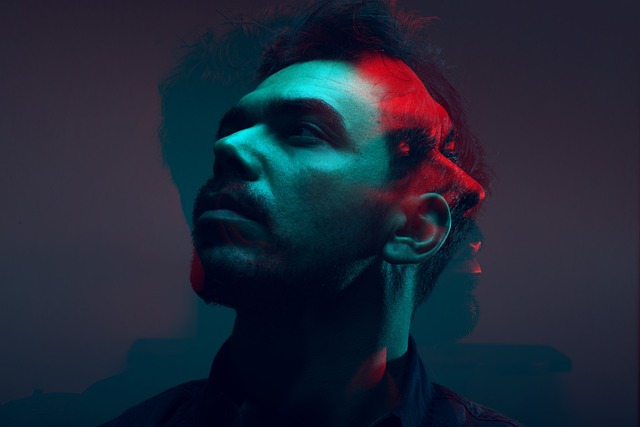The Art of Capturing Personality: Mastering Portrait Exposure
When it comes to photography, particularly portrait photography, few elements play as critical a role as exposure. The way light hits your subject can dramatically alter the perception of their personality, mood, and even story. Understanding how to master portrait exposure is an artistic journey, one that allows you to convey emotions and nuances with each click of the shutter.
Understanding Light: The Heart of Exposure
Every portrait begins with light. It is the essence that brings your subject to life, sculpting their features and setting the tone of the image. In portrait photography, natural light is often preferred for its soft, flattering qualities. However, mastering exposure in artificial lighting conditions is equally important. The goal is to embrace light as an artist – savoring the shadows, cherishing the highlights, and creating an engaging visual narrative.
Shutter Speed, Aperture, and ISO: The Triad of Exposure
To truly capture the personality of your subject, you must balance three critical elements: shutter speed, aperture, and ISO. Let’s break it down:
- Shutter Speed: A slower shutter speed can create a dream-like quality, inviting the viewer to dive deeper into the subject’s emotional backdrop. Conversely, a faster shutter speed freezes an instant, allowing us to capture excitement or action with crystal clarity.
- Aperture: This controls depth of field. A wide aperture (low f-stop) blurs the background, bringing all attention to the subject and emphasizing their personality against a painterly backdrop. A narrow aperture (high f-stop) keeps multiple elements in focus, enriching the portrait with context.
- ISO: While it’s tempting to crank up the ISO for more light, remember it comes with a grainy trade-off. Strive for the cleanest shot possible, understanding that noise can distract from the personality you wish to illuminate.
The Emotional Layer: Capturing Spirit and Story
After establishing the technical foundation of exposure, the next step is to connect with your subject on a deeper level. A well-exposed portrait should evoke a sense of intimacy and vulnerability, allowing the viewer to experience the subject’s spirit. Engage with your subject; ask them about their passions, fears, and dreams. This connection not only informs your composition but also inspires authentic expressions that further enrich the portrait’s exposure.
Experimentation: Finding Your Unique Style
Don’t shy away from experimentation; it’s the lifeblood of creativity. Play with different lighting conditions and manipulate exposure settings to find a style that resonates with your artistic voice. Perhaps you prefer dramatic contrasts that evoke raw emotion, or maybe soft, pastel tones that share a sense of tranquility. Your unique interpretation will shine through if you’re willing to push the boundaries of conventional portrait exposure.
Post-Processing: Enhancing Exposure
Finally, embrace post-processing as a vital step in refining your portraits. Software like Adobe Lightroom allows you to adjust brightness, contrast, and exposure after the fact, enhancing what you’ve captured in-camera. This stage is where your artistic vision truly comes alive, letting you emphasize the personality of your subject in subtle, yet impactful ways.



